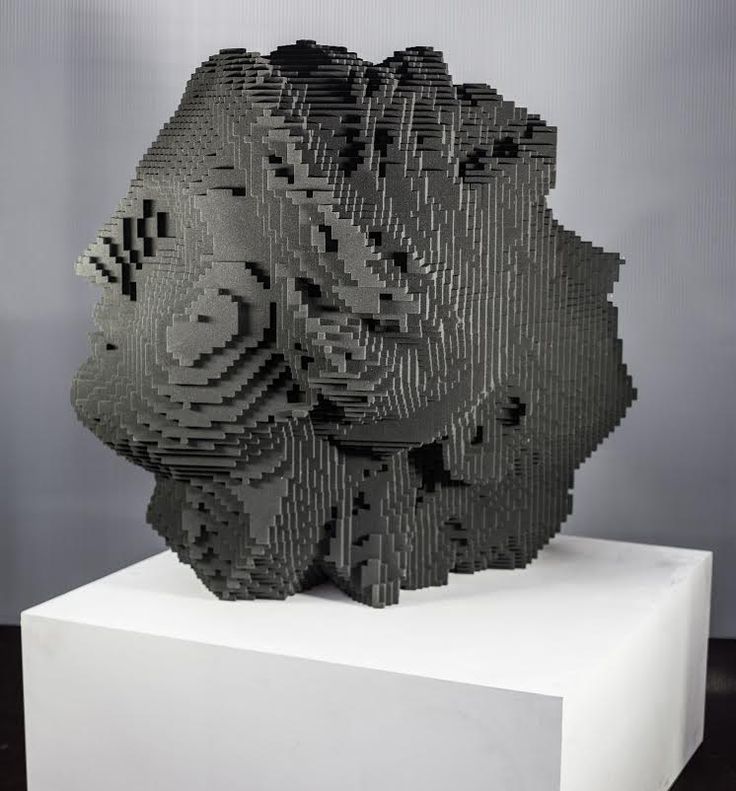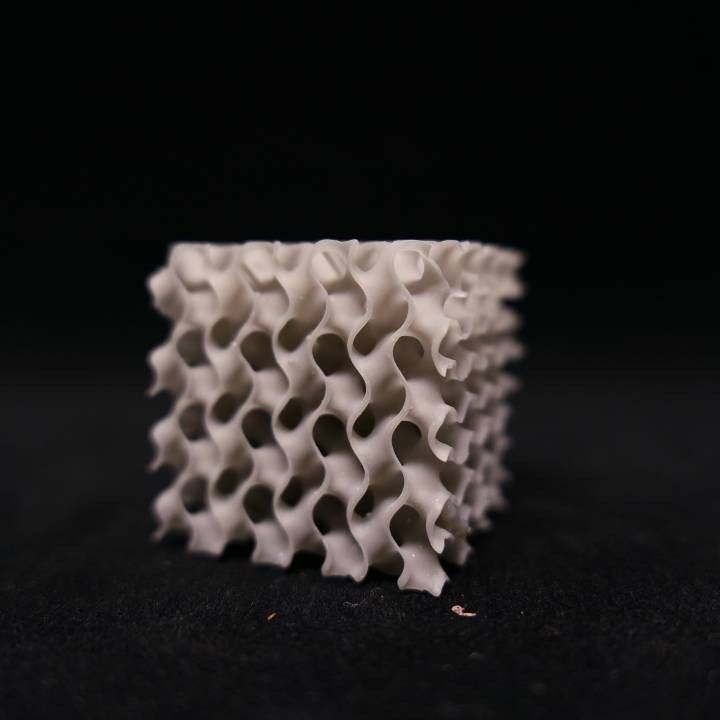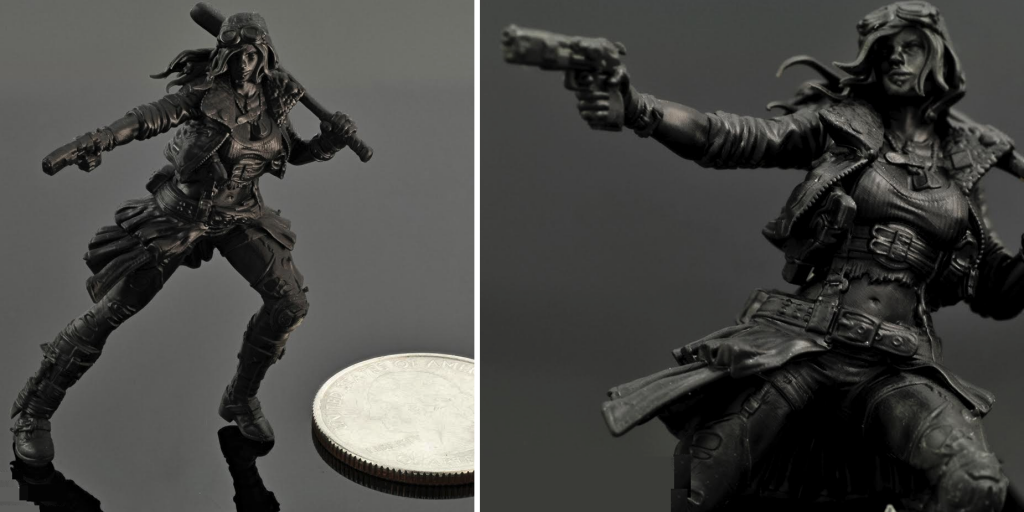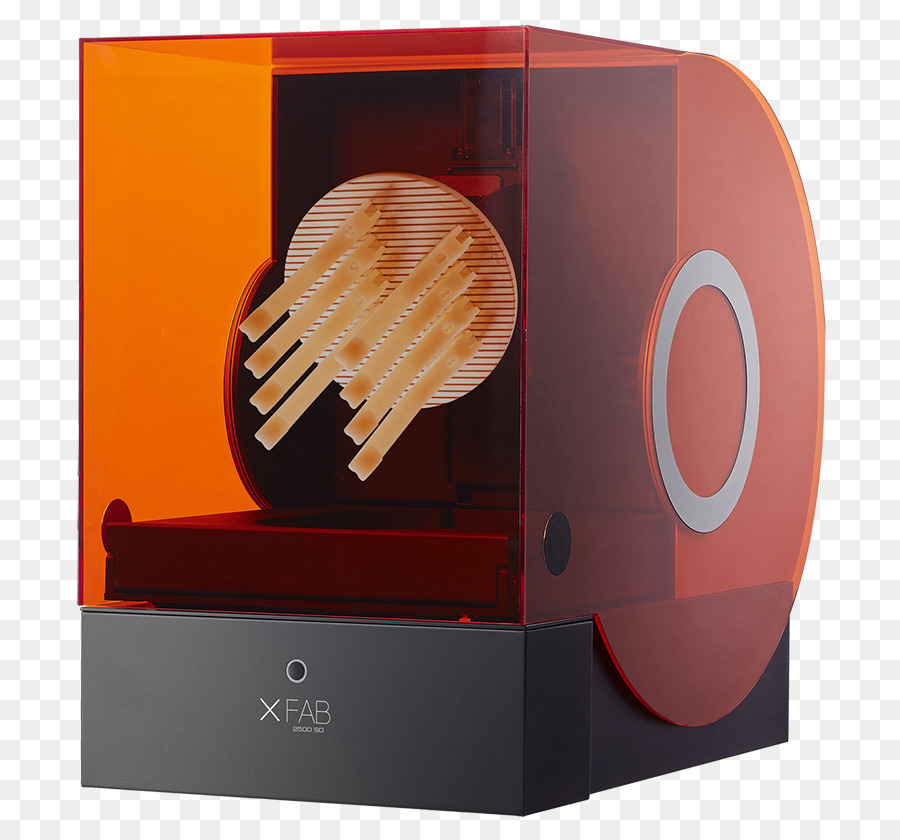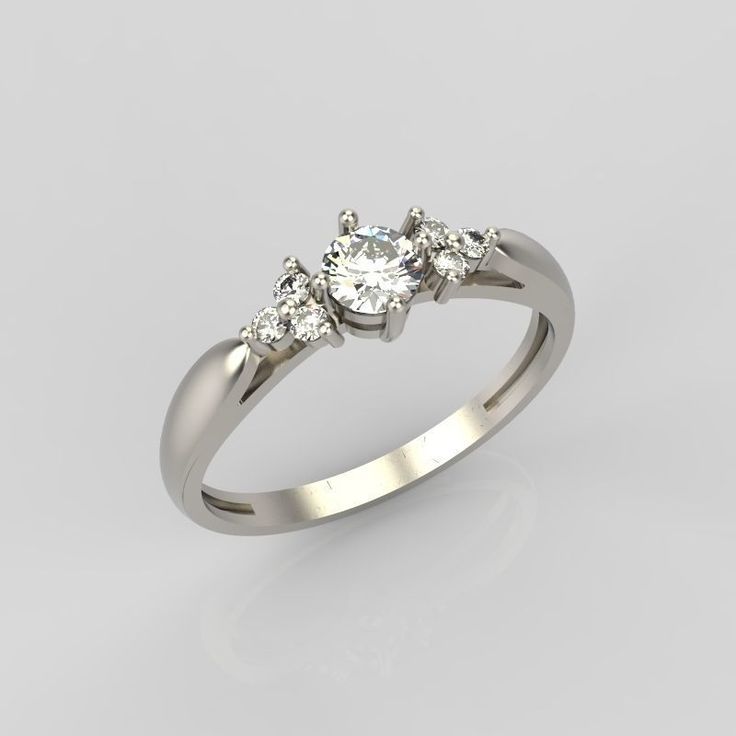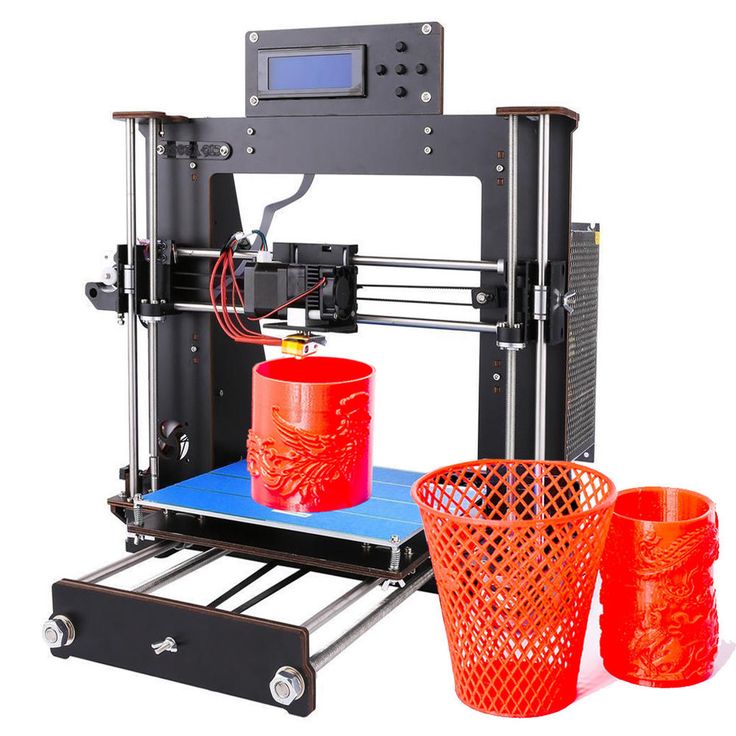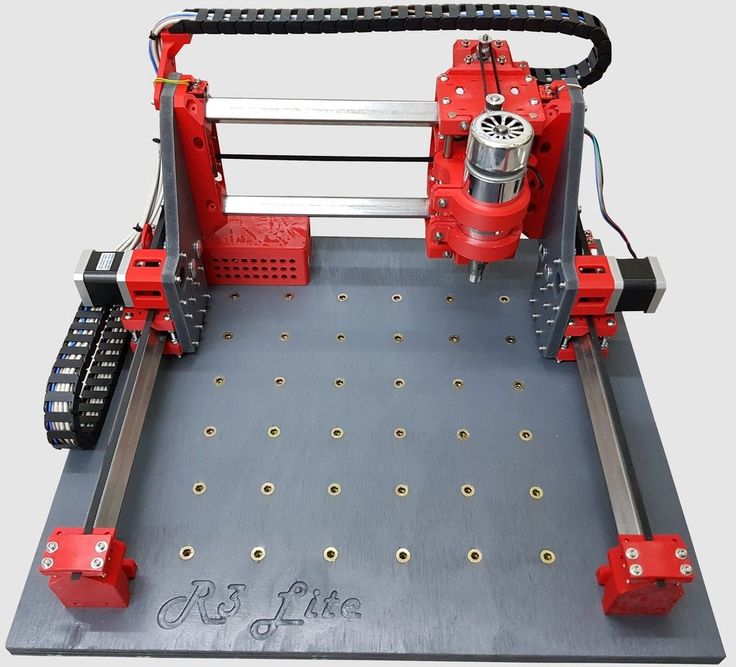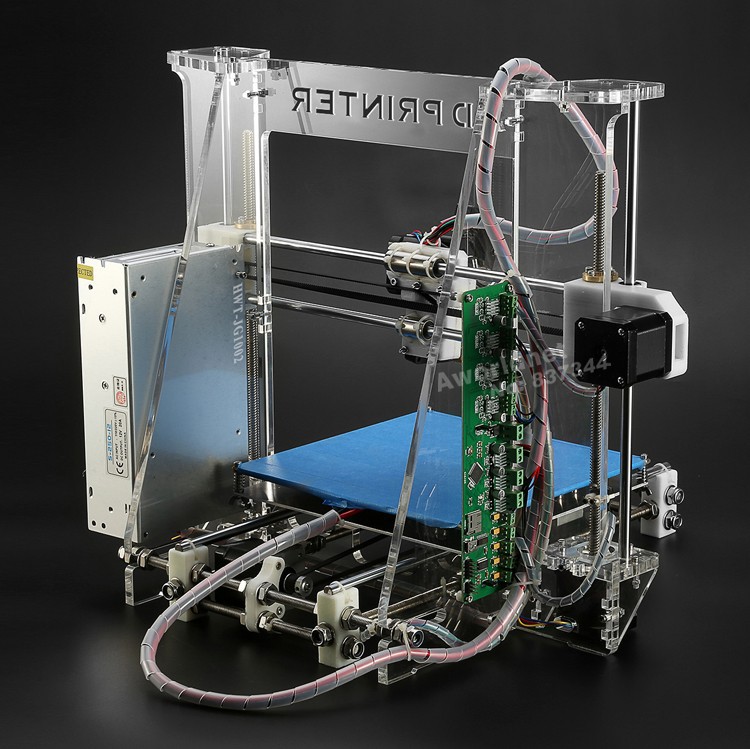Innovative uses of 3d printing
6 Innovative Ways to Use 3D Printing
The manufacturing world has been revolutionized by 3D printing (3DP), also known as additive manufacturing (AM). It has increased options for engineers across a range of industries, allowing them to design and build innovative products not possible with traditional manufacturing methods. Forward-Thinking companies believe 3DP/AM will be so disruptive that they have established AM labs for engineers. In these labs, their engineers can master these technologies and focus exclusively on 3DP/AM, to stay ahead of the technology curve.
Recent advances in equipment, material, software, size, and speed—as well as lower purchasing costs—have made 3D printing available to a much more comprehensive range of businesses, enabling them to use AM in new and creative ways, well beyond “just making parts.”
Below are six examples that show the creative power of 3D printing.
1. Casting Molds
One reason AM is favored in manufacturing is the speed in which it makes production-ready parts and products. AM makes prototype parts that can be tested quickly and can be used to cast the molds that hold these parts together, too. Molds can be cast from a variety of materials using 3D printing, even sand. Making molds in-house—instead of outsourcing to mold manufacturers—saves tremendous time and money. For example, print-casting molds take a few weeks with 3D printing compared to six months using traditional molds, which also carry a significant tooling investment.
2. Medical Implants and Organs
Using human tissue, scientists have 3D printed a small heart that includes vessels, collagen, and biological molecules. Image: Tel Aviv University
3D printing of implants and organs—made from biocompatible and bioresorbable materials—is a medical reality. These products are made using 3D data from detailed scans of a patient’s body. Implantable heart valves and bone grafts have been created using "bio-inks" of living cells that are printed on scaffolds. Living, bio-printed human skin is used to test new drugs and cosmetics, which will eventually eliminate the need for animal testing.
These products are made using 3D data from detailed scans of a patient’s body. Implantable heart valves and bone grafts have been created using "bio-inks" of living cells that are printed on scaffolds. Living, bio-printed human skin is used to test new drugs and cosmetics, which will eventually eliminate the need for animal testing.
In April 2019, Israeli researchers announced the creation of the world's first 3D-printed heart, using biological material from the patient. According to the team, this is the first time anyone has successfully engineered and printed an entire heart, complete with cells, blood vessels, ventricles, and chambers.
Top Story: 3D Bioprinter Prints Healthy Skin
3. Buildings
3D-printed buildings can be much less expensive and more environmentally friendly than traditional housing. For example, in 2018, construction start-up firm ICON unveiled a 650-square-foot house, complete with multiple rooms and a shaded porch. The structure was assembled in less than 24 hours and cost less than $10,000. 3D-printing of homes and emergency shelters could have immense humanitarian value in response to natural disasters or other emergencies.
The structure was assembled in less than 24 hours and cost less than $10,000. 3D-printing of homes and emergency shelters could have immense humanitarian value in response to natural disasters or other emergencies.
ZMorph cake and chocolate 3D printer. Image: Creative Tools / Wikimedia Commons
4. 3D-Printed Food
One of the hottest sectors in manufacturing is 3D-printing of food, which ranges from pastries to “meatless meat” made from plant-based ingredients. 3D printing can make real animal muscle tissue. Stem cells drawn from a cow via biopsy, are stimulated to produce living muscle cells, which are deposited in multiple layers by a 3D bioprinter and fused together to create meat. Bio-inks can be customized to develop foods with specific textures or nutrient content for individual needs. 3D-printed food could have an impact on relieving hunger around the world, especially when by using abundant and easily sourced food types, such as algae.
You May Also Like:Solving World Hunger with 3D Printed Food
5. Jet Engines
The 3D-printed jet engine blades printed using Arcam EBM 3D printers. Image: Avio Aero
General Electric (GE) uses additive manufacturing to construct complex jet engine components, such as fuel nozzles and turbine blades. In an AM factory in Italy, GE manufactures 3D-printed turbine blades for the GE9X, the world’s largest jet engine. The blades spin inside the engine at 2,500 times per minute and withstand extreme forces and temperatures. The blades are made from titanium aluminide powder, a lightweight, strong, and heat-resistant material that can only be built using AM. "This factory has helped us understand what the art of the possible is with additive manufacturing," says David Joyce, president, and CEO of GE Aviation.
6.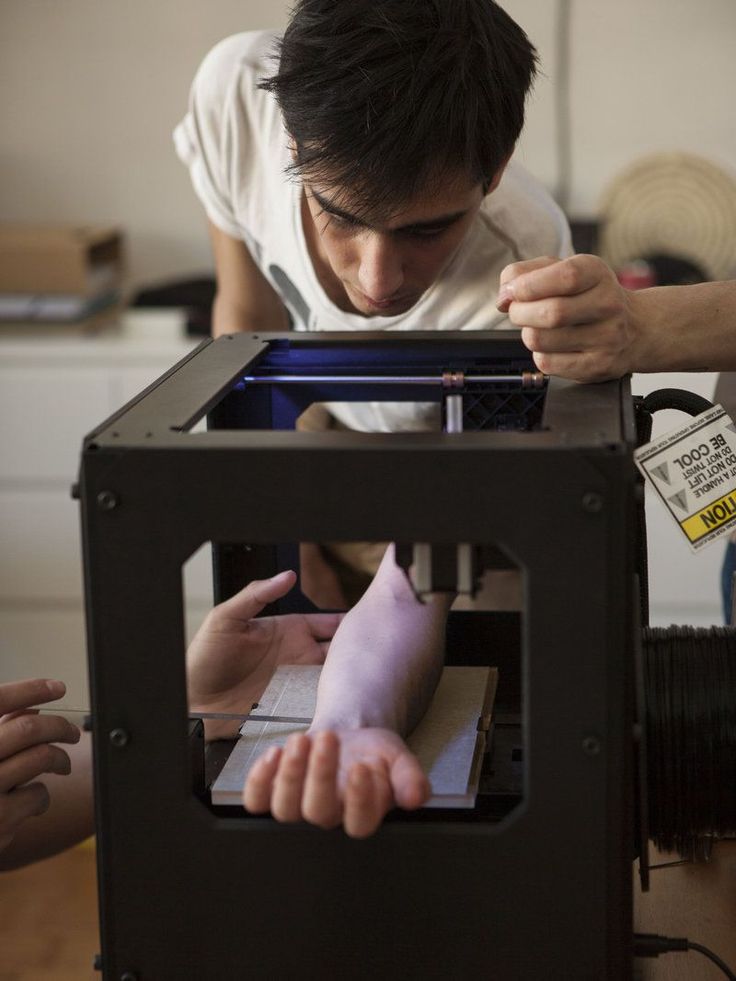 Flexible, Stretchable Electronics
Flexible, Stretchable Electronics
Flexible electronics is rapidly expanding in the market, especially for wearable devices. Many new 3D-printed flexible and stretchable sensors can measure touch, compression, pressure, and performance indicators. Electronics can be directly printed onto transitional textiles or clothing that can harvest and store electricity. A research team at the University of Minnesota has 3D-printed a stretchable synthetic skin for robots that is embedded with an array of electronic sensors. “Putting this type of 'bionic skin' on surgical robots would give surgeons the ability to actually feel during minimally invasive surgeries, which would make surgery easier instead of just using cameras like they do now,” said associate professor of mechanical engineering Michael McAlpine.
3DP/AM capabilities continue to expand, and as techniques and materials become increasingly sophisticated, yet easy to use and affordable, it is likely—in the future—that no product design can’t be manufactured through 3DP/AM.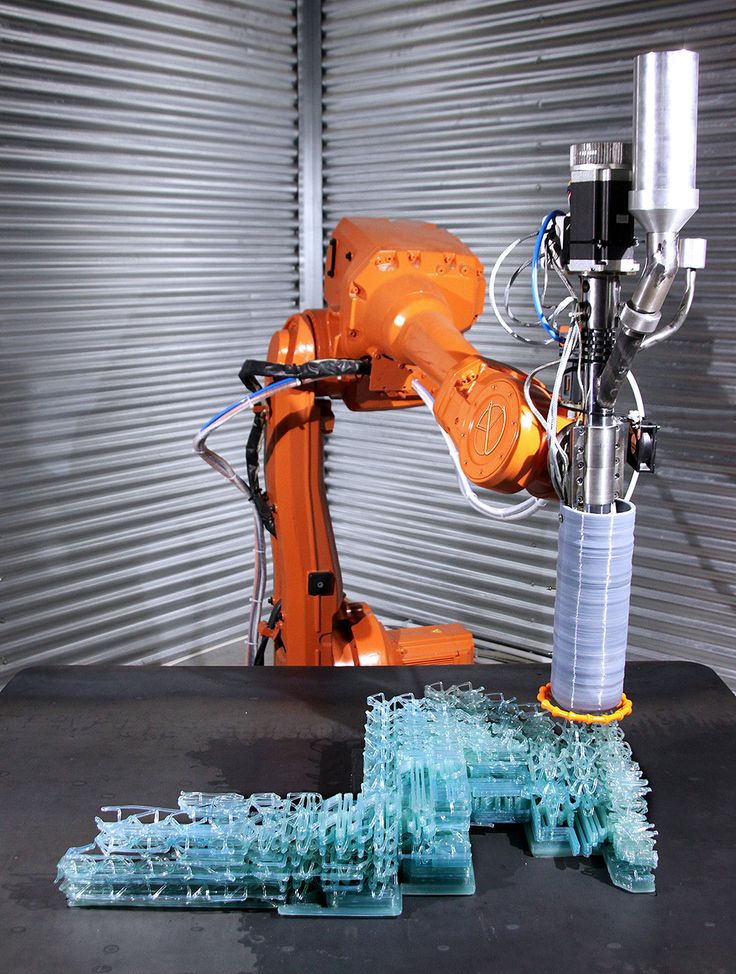
Mark Crawford is a technology writer based in Madison, Wis.
5 Innovative Applications of 3D Printing
3D printing is an innovative way of making, whether you’re a hobbyist with a desktop plastic or resin 3D printer, or a major manufacturer printing large and complex components out of metal and carbon fiber. As we do more with 3D printing, we constantly test and reset its limits, and innovators all over the world are doing amazing things with 3D printing. These are just some of our favorites.
3D Printing for 3D Printing
3D printing can help manufacturers save time, material, and costs from traditional tooling processes. With the speed 3D printing is evolving, this makes 3D printing ideal for, well, 3D printing. That’s what 3D printer manufacturer, ExOne, discovered when they developed their latest metal binder jetting printer.
In order to achieve a sleek aesthetic appearance for the new machine, ExOne had the 18 unique outer panels vacuum formed to tools made with a sand 3D printing technique for a quick turnaround. The sand printed forms were hardened with resin before the metal panels were vacuum formed. This saved the company time and costs from traditional machining and casting processes used for their previous printer models.
The sand printed forms were hardened with resin before the metal panels were vacuum formed. This saved the company time and costs from traditional machining and casting processes used for their previous printer models.
Metal 3D Printing
One of the benefits of 3D printing is it’s additive nature that reduces wasted materials. However, many parts and products formed from metal, which presents a challenge for additive manufacturing. That is, until Desktop Metal debuted its Shop System printer, which has the ability to print 700 cubic centimeters per hour, or 70kg of parts per day.
You probably think of 3D printing as a machine arm with a nozzle that builds up a product layer by layer. However, there are a variety of 3D printing processes. The Shop System printer from Desktop Metal uses a binder jetting process, where a liquid binder is deposited selectively to bind powder particles together. The parts are then sintered, where they achieve the final hardness and density.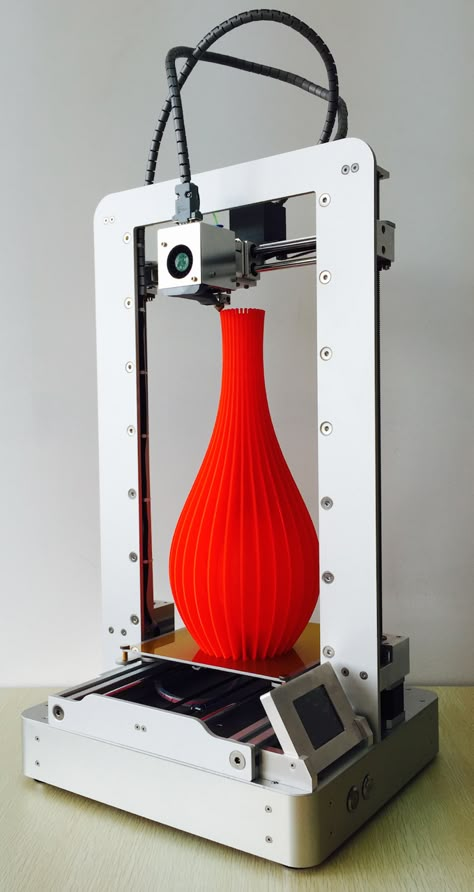 While sintering adds time and cost to the metal printing process, it’s still comparable to traditional metal cutting.
While sintering adds time and cost to the metal printing process, it’s still comparable to traditional metal cutting.
Because the Shop System uses binder jetting, the parts are supported by unbound powder during the printing process, which means there are no additional support structures needed to print and later remove.
3D Printed Lattice Structures
Another benefit of 3D printing is the complexity of structures that can be formed. Researchers are stretching the limits of 3D printing with complex lattice structures.
A lattice structure developed by researchers at Lawrence Livermore National Laboratory (LLNL) features micro-architectured trusses that have isotropic material properties. That is, the material is identical and omnidirectional. When tested, the new design outperformed octet truss, which is the current standard in 3D printing lattice structures. The isotropic trusses also showed a perfectly uniform response to force in all directions.
Bone-Like 3D Printed Structures
Our bones can take a lot of stress. This is due to trabeculae, spongy structures in our bones that have vertical plates and horizontal rods that behave like columns and beams. Researchers emulated the structure of trabeculae through 3D printing to improve strength.
This is due to trabeculae, spongy structures in our bones that have vertical plates and horizontal rods that behave like columns and beams. Researchers emulated the structure of trabeculae through 3D printing to improve strength.
They first printed trabeculae structures and found that the printed structures had similar mechanical properties to actual bone. They developed a fully synthetic structure based on the trabeculae, but adjusted the horizontal beam thickness by 30%, which resulted in a 100-fold increase in load-bearing capacity without significantly increasing the weight of the structure. The bone-inspired structure paves the way for larger 3D printed pieces that retain strength and stability without using extra material or adding extra weight.
Lighter, More Efficient Engines in Drones
Weight is a concern for any motorized vehicle as it’s a large factor in engine efficiency and fuel economy. Cobra Aero, a manufacturer of drones, started using their metal 3D printer to reimagine how some of the traditionally casted and machined parts in their drones were made.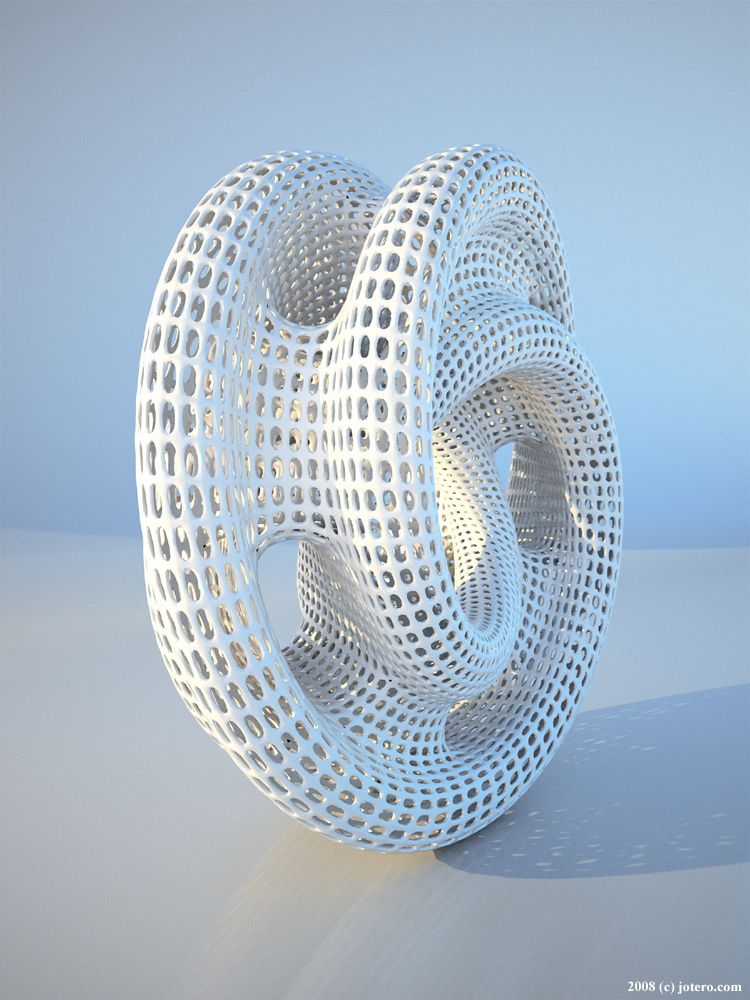 The result: completely redesigned engine parts that reduce weight and improve efficiency.
The result: completely redesigned engine parts that reduce weight and improve efficiency.
Cobra Aero redesigned the engine cylinder with 3D printing to use a lattice-based cooling strategy instead of the original fin-based design. The design is lighter and provides better cooling than the fin design.
They also redesigned the engine’s exhaust from 13 individual machined parts to a single 3D printed part. The part is quieter, smaller, and lighter, weighing 100 grams less than the original. While Cobra Aero manufactures drones, the principles they’re using to reinvision how machined or casted parts as 3D printed parts can pave the way for lighter, more efficient versions of other vehicles.
3D printing is a constantly developing technology that allows for more advanced, complex, and strong parts and structures with a wide variety of materials, like carbon fiber. At PCMI, we use some methodologies of 3D printing with our proprietary carbon fiber part production for lightweight parts at a competitive cost compared to traditionally casted metal components.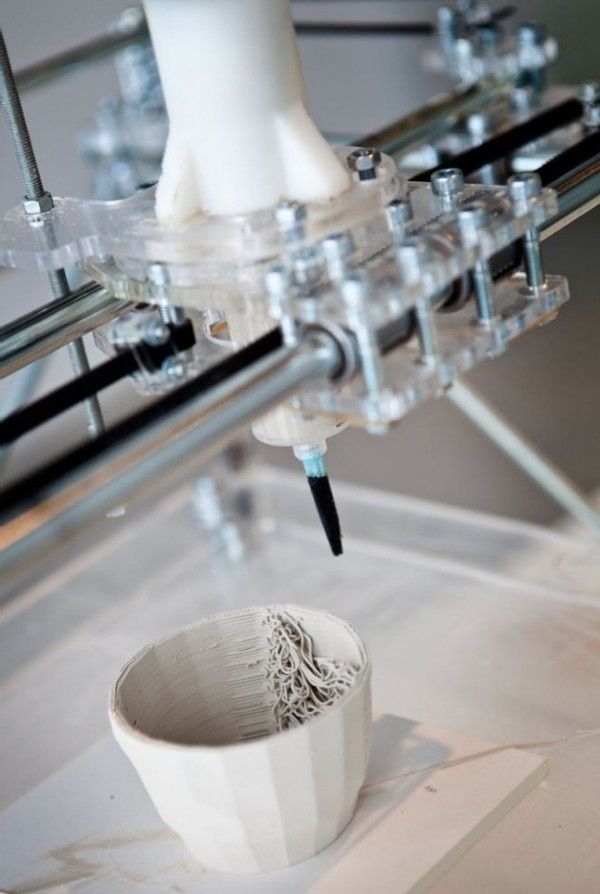
Top 10 Innovations in 3D Printing in Construction
These technologies can be applied to projects ranging from basic housing to extravagant designer homes. 3D printing has the potential to drastically reduce the cost of housing and speed up construction – innovations that will generally improve the quality of life for many people. Below is a list of the top ten innovations related to 3D printing in the construction industry.
1. Printed villa
The 400 m2 villa was created on site in Beijing in 45 days by Hushang Tengda. The building was constructed using a 3D printer head mounted on a mechanical arm. The thickness of the walls is 250 mm, so the villa is able to withstand an earthquake of 8 points on the Richter scale. In addition, thanks to 3D printing, it was possible to easily create bizarre towers that would have taken builders a lot of time to build. It is reported that the construction of the villa with traditional methods would take three months, so 3D printing has reduced labor and material costs.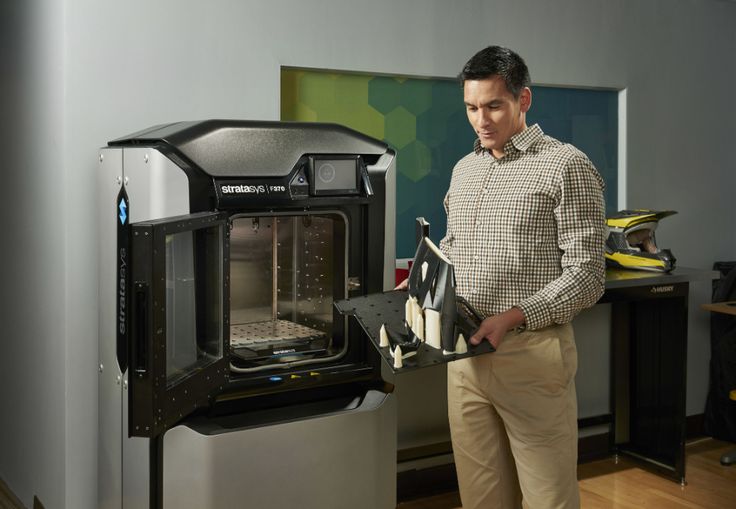
The villa was one of the first projects where the building was 3D printed on site as a functional home, not just a showcase. A villa in Beijing may indeed be a building that will change the future.
2. Minibuilders
Minibuilders is a completely new concept developed by a team from the Catalan Institute of Advanced Technologies in Architecture. The technology involves the use of many small devices the size of a personal 3D printer - the largest of them is only 42 cm. However, together these machines are capable of building skyscrapers - some laying the foundation, others erecting walls. The devices are easy to transport and construction companies can use as many 3D printers as needed for a project. Minibuilders can even hang "upside down" while building the ceiling. Of course, unlike workers, they build around the clock.
This is a significant breakthrough that solves the logistical problems associated with installing a huge 3D printer on a construction site.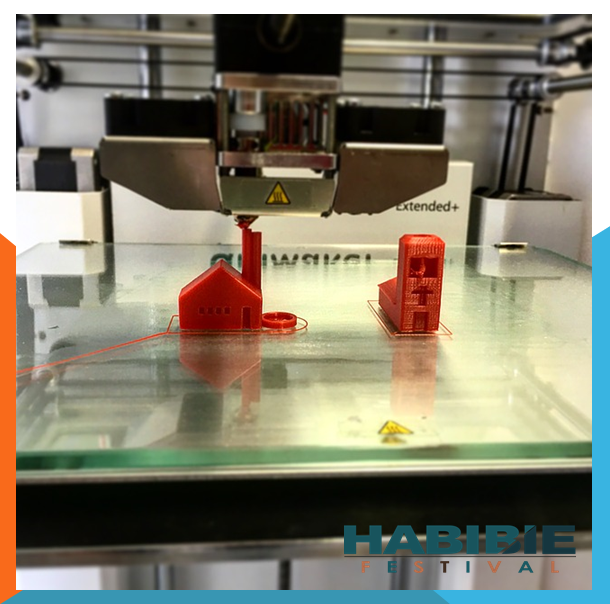 Thus, Minibuilders are able to work anywhere, including remote areas without infrastructure and cities with dense buildings. For the construction industry, this could be the perfect flexible solution.
Thus, Minibuilders are able to work anywhere, including remote areas without infrastructure and cities with dense buildings. For the construction industry, this could be the perfect flexible solution.
3. Soil 3D printing
Another potentially revolutionary project from the Catalan Institute of Advanced Technologies in Architecture. Researchers have developed a way to extract the soil from a construction site, add a few other substances to it, and turn it into a building material three times stronger than industrial clay. Combined with Minibuilders, this technology can be used in some of the world's poorest areas to build schools, homes and even hospitals directly from the ground. In the future, this development can be applied even in the colonization of other planets.
4. Landscape House
The Landscape House, a “picturesque house”, is a project erected during the exhibition in Amsterdam, but so far on a smaller scale. This is an elegant house where the design and shape are reminiscent of the Möbius strip, without beginning or end - the building looks like one long corridor.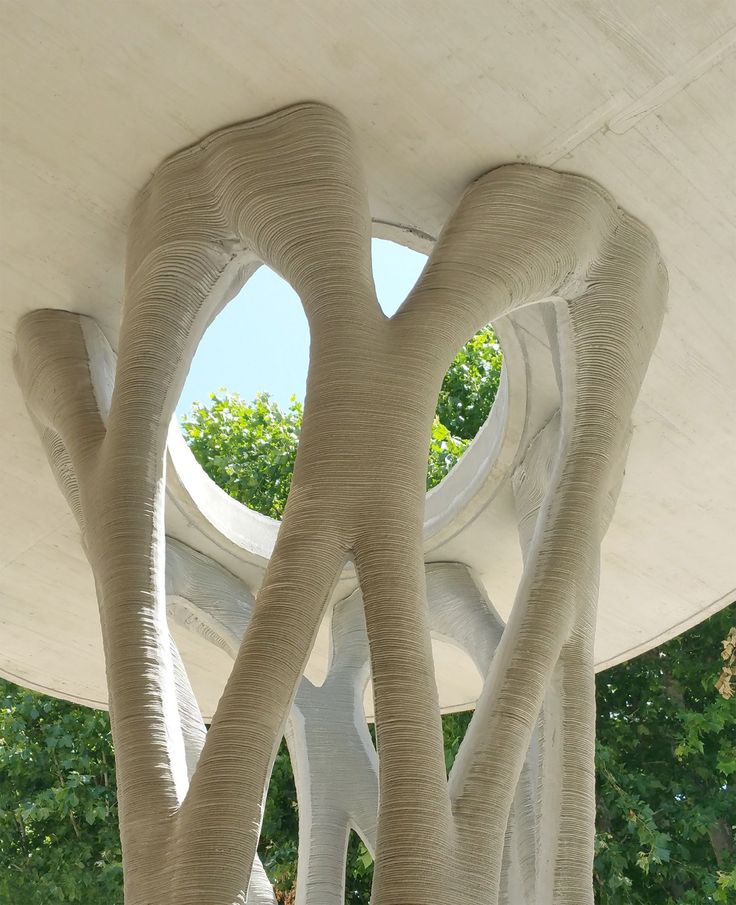 The amazing project was carried out with a single mechanical arm mounted on a mobile platform.
The amazing project was carried out with a single mechanical arm mounted on a mobile platform.
Initially architect Jan-Jap Ruysenaars did not plan to use 3D printing, but later he realized that this was the most simple and cost-effective way, taking into account the specifics of the project. It was 3D printing that helped bring the model to reality.
5. Emergency housing
In case of an emergency, thousands of people could be left homeless – the University of Nantes has developed the INNOprint system, which allows building basic housing in disaster areas in 30 minutes. Basic shelters should protect people in affected areas from cold, water and other unpleasant natural phenomena as quickly as possible. Housing is made of polyurethane using a mechanical manipulator equipped with a print head.
The device is likely to be in huge demand from charities helping disaster victims around the world. In addition, with the help of INNOprint, you can create cheap housing in low-income areas.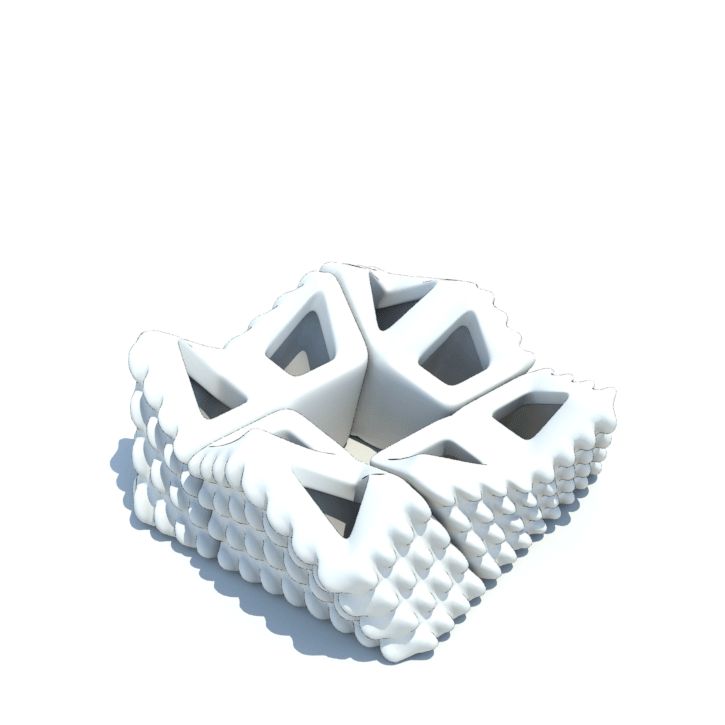
6. Emissions materials
The innovative CO2NCRETE concept is still being tested, but it shows that there is no limit to inventions. The idea behind the technology is to turn power plant emissions into a 3D-printable building material to replace cement. The replacement of cement and the recycling of harmful emissions will have a double positive effect on the ecological situation.
7. Bridge
3D printing in construction is not only buildings, but also other structures. Since last year, MX3D has been working on a project to 3D print a steel bridge over a canal in Amsterdam. Two robots will be used during the construction. The engineers on the project have to make sure that it meets all the standards and structural specifications - this is not an easy task, but so far the team has successfully coped with it. The 3D printer itself, which uses six-axis printing technology, can be used in other projects. At its core, this is a modified welding robot, similar to devices that are used in auto construction, but in this case it also works as an extruder.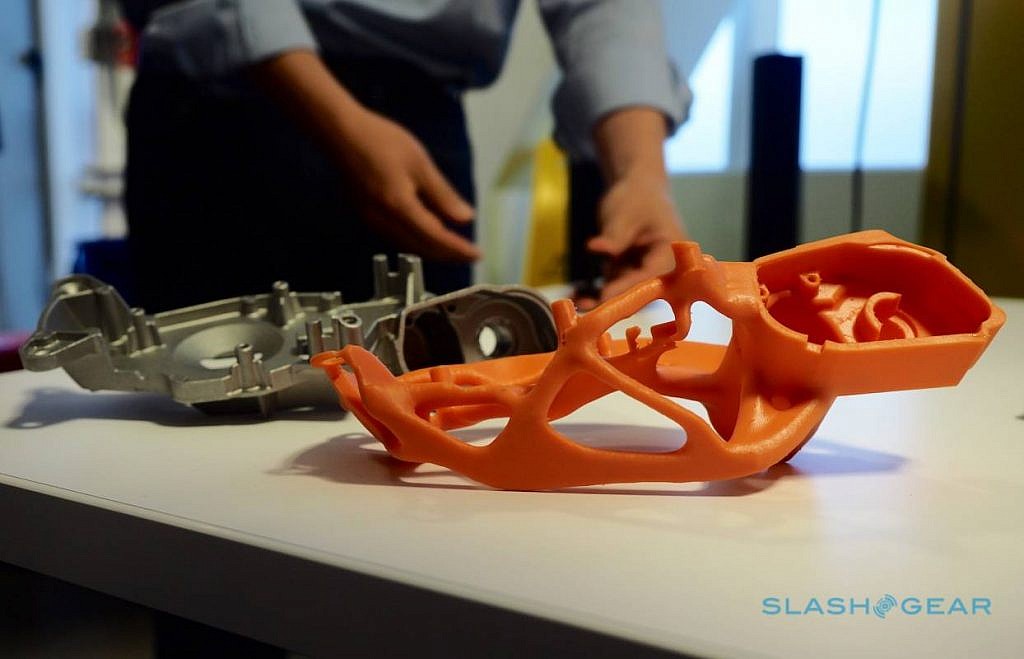
The bridge is expected to be completed and operational by 2017. After that, the team will be able to apply the experience gained in the creation of metal structures in other construction projects.
8. Cooling Brick
Emerging Object's project proves that you don't have to 3D print an entire building to have a significant impact on the industry. Porous bricks are a replacement for air conditioners, which are associated with significant energy costs and a negative impact on the environment. If you build an entire house out of these porous ceramic bricks, or at least build one wall of them, the structure will absorb water - then as air passes through the bricks, the water will evaporate, cooling the house.
The idea may seem primitive, but the authors of the project are convinced that it can help return to the old building traditions, which are only being improved with the help of 3D printing.
9. Curve Appeal
Despite the focus on concrete and brick houses, a team of architects from Chicago intends to change the status quo with the introduction of an impressive house made of carbon fiber and plastic.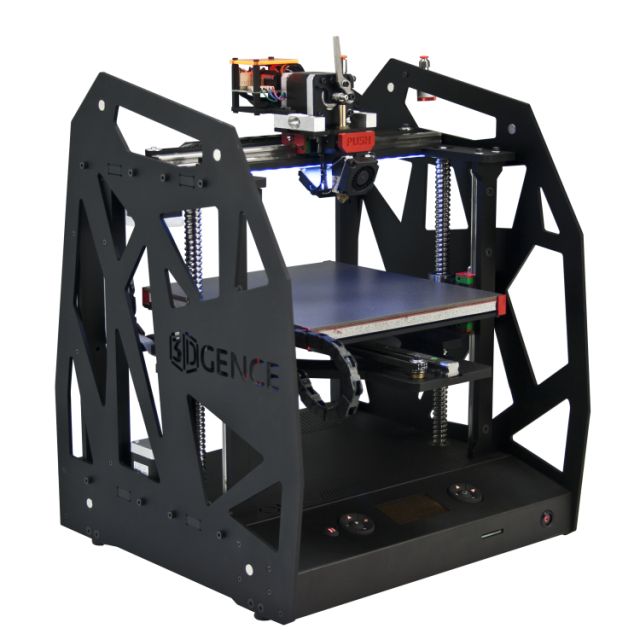 The building does not have a single straight wall, hence its name, Curve Appeal, "attractive curves". The house will be built from Branch Technology's carbon-fiber-reinforced plastic, which is reasonably well-suited for 3D printing.
The building does not have a single straight wall, hence its name, Curve Appeal, "attractive curves". The house will be built from Branch Technology's carbon-fiber-reinforced plastic, which is reasonably well-suited for 3D printing.
The house will be built from panels that will be welded together at the construction site, so it's more about innovation in terms of materials and design than production methods. The designers were inspired by natural phenomena and cellular structures - the house really does not look like traditional designs.
After the frame is 3D printed, foam will be applied to it for insulation and additional reinforcement. It will be interesting to see how the project will affect the industry as a whole, and whether people are ready to abandon concrete houses in favor of plastic.
10. 3D printed trailer
At the Las Vegas International Construction Show in January, Skidmore, Owings & Merrill (SOM) showed a unique project that should be the world's largest 3D printed polymer construction printer. Its length is 11.5 meters, width - 3.6 meters, so it can be called a modern enlarged trailer.
Its length is 11.5 meters, width - 3.6 meters, so it can be called a modern enlarged trailer.
Architects SOM is working with the Department of Energy's Oak Ridge National Laboratory to demonstrate a new approach to energy conservation. Solar panels on the roof charge the battery, which provides energy for the building itself and the car. Thus, the concept allows you to install a house anywhere, taking advantage of cheap uncultivated land. Of course, it can be used by both charitable organizations and large commercial players. In addition, on the basis of this system, you can create a medical center, a school or a research post.
Source: http://3dprintingindustry.com
5 Innovative Medical Applications for 3D Printing
Personalized and precise medical solutions are becoming increasingly popular. New tools and advanced technologies bring doctors closer to patients by providing treatments and devices that meet the needs of each individual.
The expansion of 3D printing technology in healthcare has made a huge contribution to improving the quality of medical services.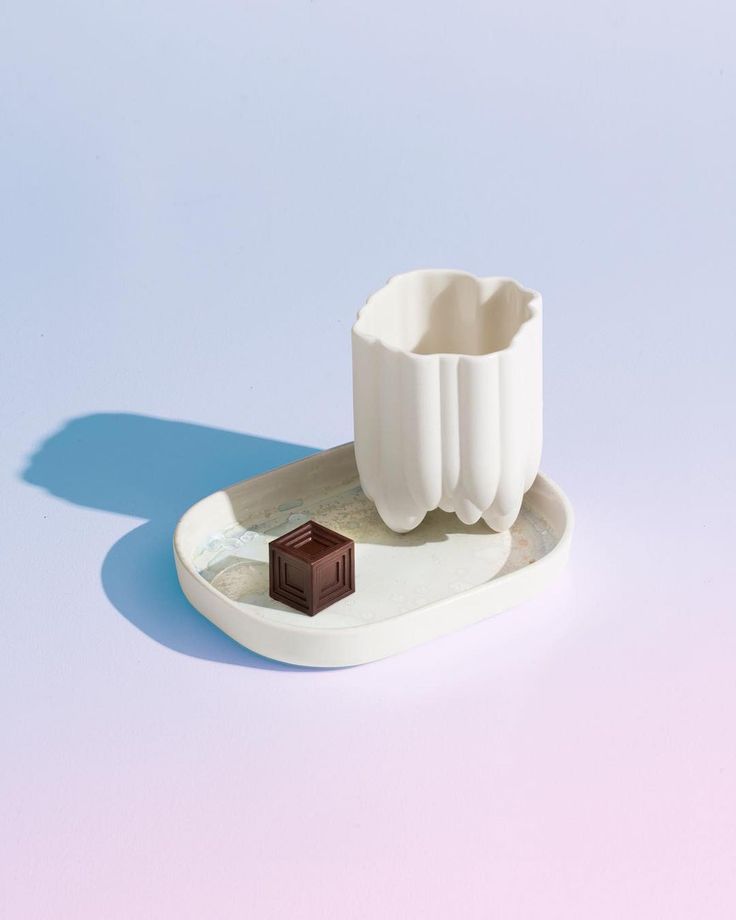 With new tools and treatment approaches developed using 3D printing, patients feel that their treatment becomes more comfortable and personal. For physicians, the new technology available allows them to better analyze complex cases and provides new tools that can ultimately raise standards of care.
With new tools and treatment approaches developed using 3D printing, patients feel that their treatment becomes more comfortable and personal. For physicians, the new technology available allows them to better analyze complex cases and provides new tools that can ultimately raise standards of care.
Later in this article, you'll learn about five areas, from models for surgical planning to vascular systems and bioreactors, in which 3D printing is used in healthcare, and why many healthcare professionals see great potential in this technology.
In today's medical practice, 3D printed anatomical models based on patient body scans are becoming more indispensable tools, as they provide more personalized and accurate treatment. As cases become more complex and standard case times become more important, visual and tactile anatomical models are helping surgeons to better understand their task, communicate more effectively, and communicate with patients more easily.
Medical professionals, hospitals and research institutions around the world use 3D printed anatomical models as a reference tool for preoperative planning, intraoperative imaging, and for sizing medical instruments or presetting equipment for both standard and very complex procedures, which is reflected in hundreds of scientific publications.
3D printing makes 3D printing affordable and easy to create customized patient anatomical models based on CT and MRI data. The peer-reviewed scientific literature demonstrates that they help clinicians better prepare for surgery, resulting in significant cost and time savings. At the same time, patient satisfaction is also increased through reduced anxiety and reduced recovery time.
Physicians can use individual patient anatomical models to explain the procedure to the patient, making it easier to obtain patient consent and reduce patient anxiety.
Preparation for surgery using preoperative models can also affect the effectiveness of the treatment. The experience of Dr. Michael Ames confirms this. After obtaining bone replications from the young patient's forearm, Dr. Ames realized that the injury was different from what he expected.
Based on this information, Dr. Ames chose a new soft tissue procedure that was much less invasive, reduced downtime, and resulted in much less scarring.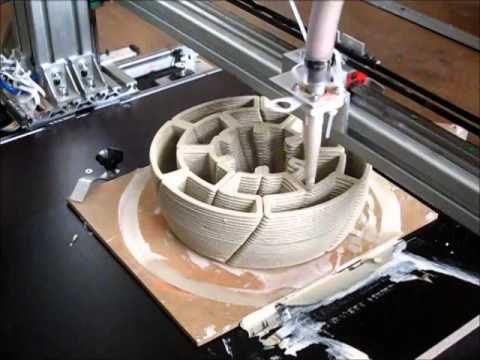 Using imprinted bone replication, Dr. Ames explained the procedure to the young patient and his parents and obtained their consent.
Using imprinted bone replication, Dr. Ames explained the procedure to the young patient and his parents and obtained their consent.
Physicians can use patient-specific surgical models to explain the procedure beforehand, improving patient consent and lowering anxiety.
Result? The operation lasted less than 30 minutes instead of the originally planned three hours. With this reduction in operating time, the hospital avoided a cost of about $5,500 and the patient recovered faster.
According to Dr. Alexis Dang, Orthopedic Surgeon at UC San Francisco and Veterans Affairs Medical Center San Francisco: “All of our full-time orthopedic surgeons and nearly all of our full-time surgeons part-time, used 3D printed models to treat patients at a Veterans Medical Center in San Francisco. We could all see that 3D printing improves the efficiency of our work.”
The advent of new biocompatible medical polymers for 3D printing has opened up opportunities for the development of new surgical instruments and techniques to further improve clinical operating procedures.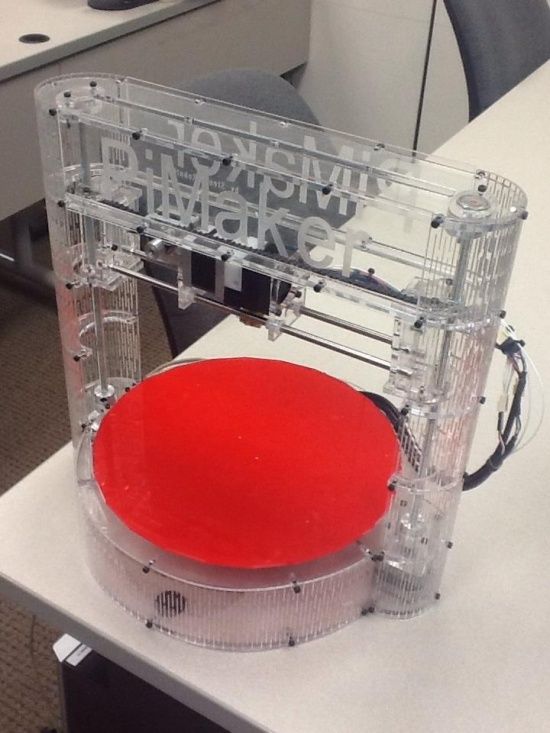 These include sterilizable trays, contoured surgical guides, and implant models that can be used to determine the size of an implant prior to surgery, helping surgeons reduce time and improve accuracy in complex procedures.
These include sterilizable trays, contoured surgical guides, and implant models that can be used to determine the size of an implant prior to surgery, helping surgeons reduce time and improve accuracy in complex procedures.
Anatomical model of a hand with elastic resin skin for 3D printing.
Todd Goldstein, PhD, lecturer at the Feinstein Institute for Medical Research, is unequivocal about the importance of 3D printing technology to the work of his department. He estimates that if Northwell used 3D-printed models 10-15% of the time, it could save $1,750,000 a year.
“Whether it's prototyping medical devices, complex anatomical models for our children's hospital, designing training systems, or making surgical templates for dental clinics, [3D printing technology] has increased our capabilities and reduced our costs in a variety of areas. In doing so, we were able to produce instruments for treating patients that would be almost impossible to recreate without our sought-after stereolithography 3D printer,” says Goldstein.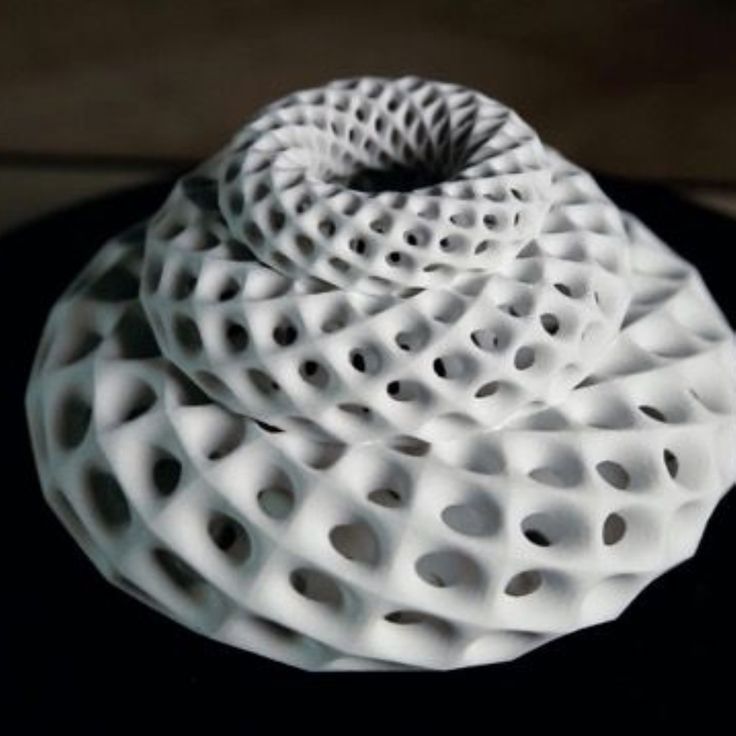
3D printing has become virtually synonymous with rapid prototyping. The ease of use and low cost of 3D printing in-house has also revolutionized product development, with many medical instrument manufacturers adapting the technology to produce entirely new medical devices and surgical instruments.
Over 90 percent of the top 50 medical device companies use 3D printing to create accurate medical device prototypes and fixtures and fittings to simplify testing.
According to Alex Drew, Principal Mechanical Engineer at DJO Surgical, an international medical device supplier, “Before DJO Surgical purchased [Formlabs' 3D printer], we printed nearly all of our prototypes outsourced. Today we are working with four Formlabs printers and are very pleased with the results. The speed of 3D printing has doubled, the cost has been reduced by 70%, and the level of detail allows you to effectively coordinate designs with orthopedic surgeons.
Medical companies such as Coalesce are using 3D printing to create accurate medical device prototypes.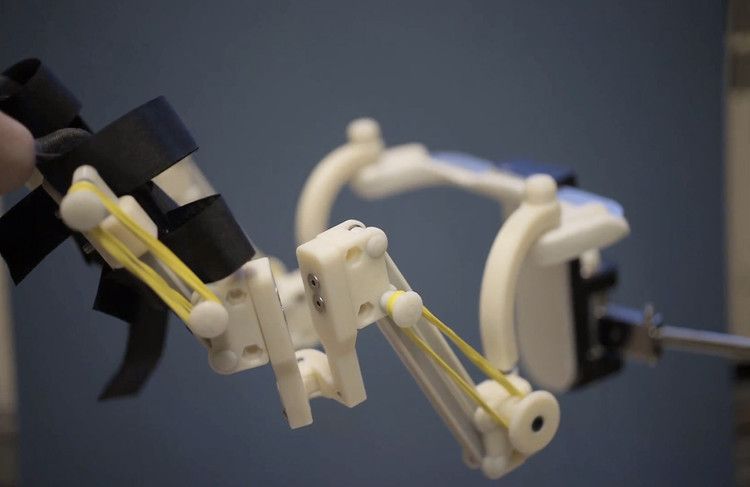
3D printing helps speed up the design process by allowing complex designs to be iterated over in days instead of weeks. When Coalesce was tasked with building an inhaler device that could digitally evaluate an asthma patient's inspiratory flow profile, outsourcing would result in a significant increase in production time for each prototype. Before sending the project files to a third party company for the physical implementation of the project, they would have to be carefully developed and carried through various iterations.
Instead, desktop stereolithographic 3D printing allowed Coalesce to handle the entire prototyping process in-house. The prototypes were suitable for use in clinical trials and looked just like the finished product. Moreover, when the company demonstrated the device, its customers mistook the prototype for the final product.
Overall, the introduction of in-house manufacturing resulted in an exceptional reduction in prototyping time by 80–90%.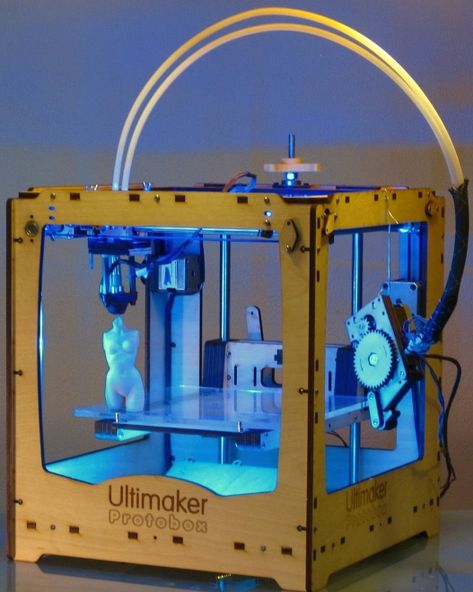 In addition, the models took only eight hours to print and were finished and painted in a matter of days, while outsourcing the same process would take a week or two.
In addition, the models took only eight hours to print and were finished and painted in a matter of days, while outsourcing the same process would take a week or two.
Hundreds of thousands of people lose limbs every year, but only a fraction of them are able to restore limb function with a prosthesis.
Conventional dentures are only available in a few sizes, so patients must adjust to what fits best. On the other hand, custom bionic prostheses that mimic the movements and grips of a real limb based on the impulses of the surviving limb muscles are so expensive that they can only be used by patients living in developed countries with the best medical insurance. In the case of children's prostheses, the situation is aggravated even more. Children grow up and inevitably outgrow their prostheses, which, as a result, require costly modifications.
The difficulty lies in the lack of manufacturing processes that would allow for individual orders at an affordable price.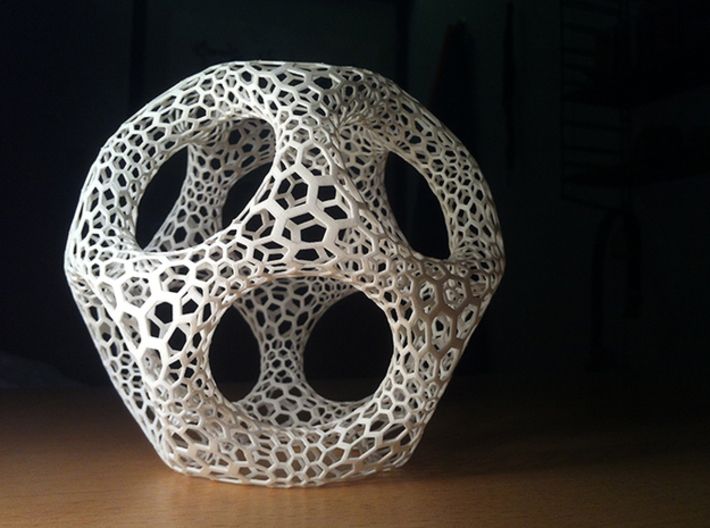 But increasingly, prosthetists are looking to reduce these high financial barriers to rehabilitation with the flexible design capabilities of 3D printing.
But increasingly, prosthetists are looking to reduce these high financial barriers to rehabilitation with the flexible design capabilities of 3D printing.
Initiatives like e-NABLE allow people around the world to learn about the possibilities of 3D printed prostheses. They are driving an independent movement in the prosthesis industry by offering information and free open source projects so that patients can get a custom-designed prosthesis for as little as $50.
Other inventors, such as Lyman Connor, go even further. With only a small fleet of four desktop 3D printers, Lyman was able to fabricate and customize his first mass-produced prostheses. His ultimate goal? Create a customizable fully bionic arm that will cost incomparably less than similar prostheses that retail for tens of thousands of dollars.
Researchers at the Massachusetts Institute of Technology have also found that 3D printing is the best method for making more comfortable prosthetic sockets.
In addition, the low cost of manufacturing these prostheses, as well as the freedom that comes with being able to design custom designs, speak for themselves.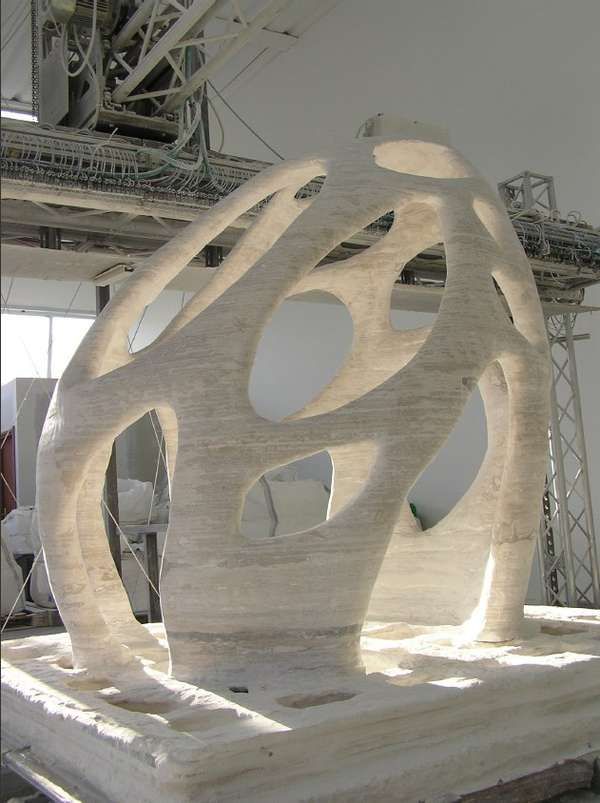 3D printed prostheses have a lead time of just two weeks, and then they can be tried and serviced at a much lower cost than traditional counterparts.
3D printed prostheses have a lead time of just two weeks, and then they can be tried and serviced at a much lower cost than traditional counterparts.
As costs continue to fall and material properties improve, the role of 3D printing in healthcare will no doubt become more important.
The same high financial barriers that are seen in prosthetics are common in orthoses and insoles. Like many other patient-specific medical devices, custom-made orthoses are often not available due to their high cost and take weeks or months to manufacture. 3D printing solves this problem.
Confirmation is the example of Matej and his son Nick. Nick was born in 2011. Complications during preterm birth led to the fact that he developed cerebral palsy, a pathology that affects nearly twenty million people worldwide. Matei was delighted with how determined his son was to overcome the limitations of his illness, but he was faced with a choice between a standard, off-the-shelf orthosis that would be uncomfortable for his son, or an expensive custom solution that would take weeks or months to manufacture and ship. , and from which the child would quickly grow.
, and from which the child would quickly grow.
He decided to take matters into his own hands and began to look for new ways to achieve his goal. Thanks to the opportunities provided by digital technologies, in particular 3D scanning and 3D printing, Matei and Nika's physiotherapists were able to develop a completely new innovative workflow for the manufacture of ankle orthoses through experiments.
The resulting 3D-printed, custom-fit orthosis that provides support, comfort, and motion correction helped Nick take his first steps on his own. This non-standard orthopedic device reproduced the functionality of the highest-class orthopedic products, at the same time it cost many times less and did not require any additional settings.
Professionals around the world are using 3D printing as a new method of manufacturing custom insoles and orthoses for patients and clients, as well as a range of other physiotherapy tools. In the past, undergoing a course of physiotherapy with the use of individual physiotherapy instruments carried many difficulties. Often there was a situation when patients had to wait a long time for a finished product, which at the same time did not provide proper comfort. 3D printing is step by step changing this status quo. Data confirms that 3D printed insoles and orthoses offer a more precise fit and lead to better therapeutic outcomes, which means greater comfort and benefit for patients.
Often there was a situation when patients had to wait a long time for a finished product, which at the same time did not provide proper comfort. 3D printing is step by step changing this status quo. Data confirms that 3D printed insoles and orthoses offer a more precise fit and lead to better therapeutic outcomes, which means greater comfort and benefit for patients.
The usual treatments for patients with severe organ damage today are autografts, transplantation of tissue from one area of the body to another, or transplantation of a donor organ. Researchers in bioprinting and tissue engineering hope to expand this list soon with on-demand fabrication of tissues, blood vessels, and organs.
3D bioprinting is an additive manufacturing process that uses materials known as bioink (a combination of living cells and a compatible substrate) to create tissue-like structures that can be used in medicine. Tissue engineering combines new technologies, including bioprinting, which make it possible to grow replacement tissues and organs in the laboratory for use in the treatment of injuries and diseases.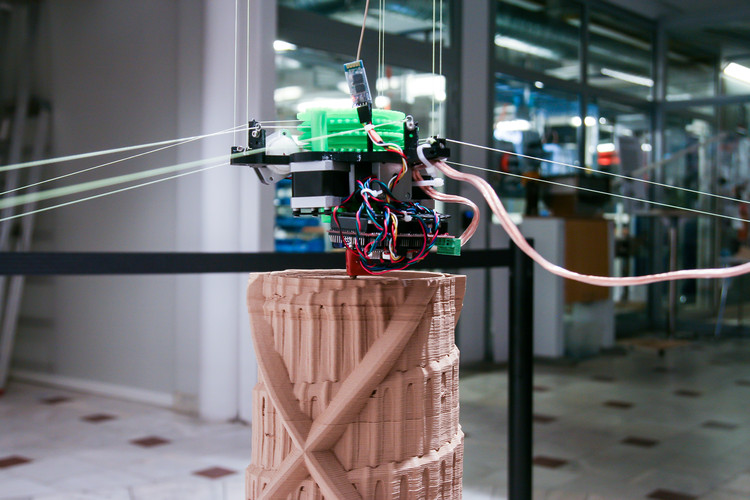
Using high-precision 3D printing, researchers such as Dr. Sam Pashne-Tala from the University of Sheffield are opening up new possibilities for tissue engineering.
In order to direct cell growth to form the necessary tissue, Dr. Pashne-Tala grows living cells on a laboratory scaffold that provides a template of the required shape, size and geometry. For example, to create a blood vessel for a patient with cardiovascular disease, a tubular structure is needed. The cells will multiply and cover the scaffold, taking on its shape. Then the scaffold is gradually destroyed, and the living cells take the form of the target tissue, which is cultured in a bioreactor - a chamber that contains the cultured tissue and can reproduce the internal environment of the body so that the cultured tissue acquires the mechanical and biological characteristics of organic tissue.
3D printed bioreactor chamber with tissue engineered aorta miniature inside. The tissue is cultured in a bioreactor to acquire the mechanical and biological characteristics of the organic tissue.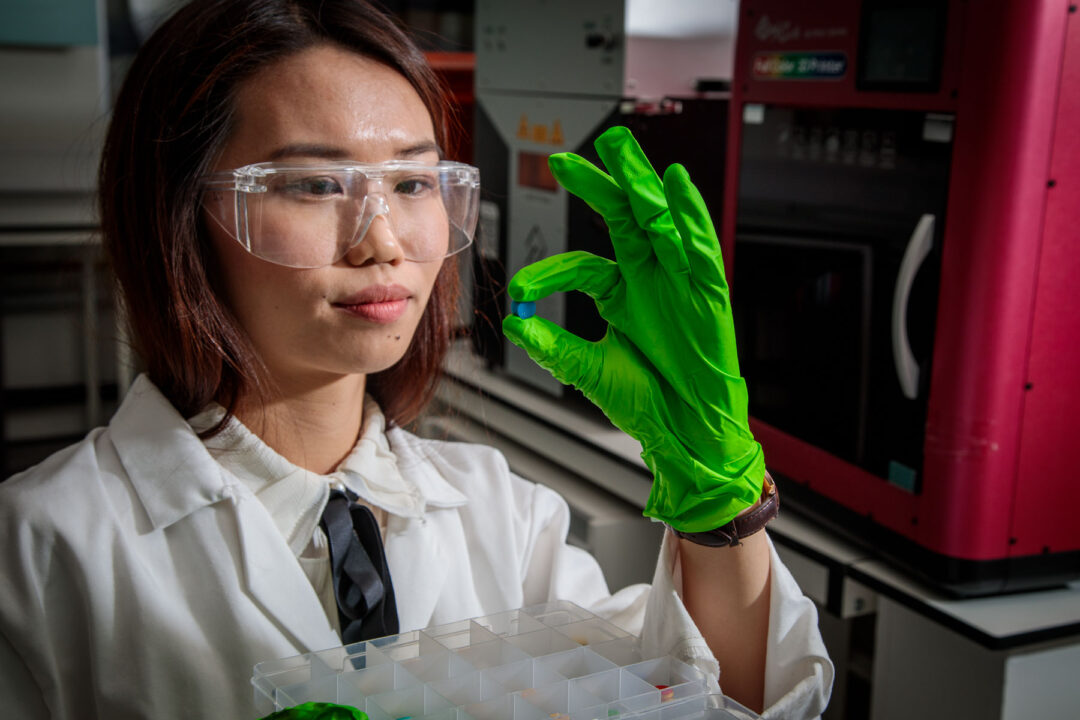
3D printed bioreactor chamber with tissue engineered aorta miniature inside. The tissue is cultured in a bioreactor to acquire the mechanical and biological characteristics of the organic tissue.
This will allow scientists to design patient-specific vascular grafts, expand surgical care, and provide a unique platform for testing new vascular medical devices for people suffering from cardiovascular disease, which is currently the leading cause of death worldwide. The ultimate goal is to create blood vessels that are ready for implantation in patients. Since tissue engineering uses cells taken from a patient in need of treatment, this eliminates the possibility of rejection by the immune system, which is the main problem of modern transplantation.
3D printing has proven its ability to solve the problems that exist in the production of synthetic blood vessels, in particular, the difficulty of recreating the required accuracy of the shape, size and geometry of the vessel.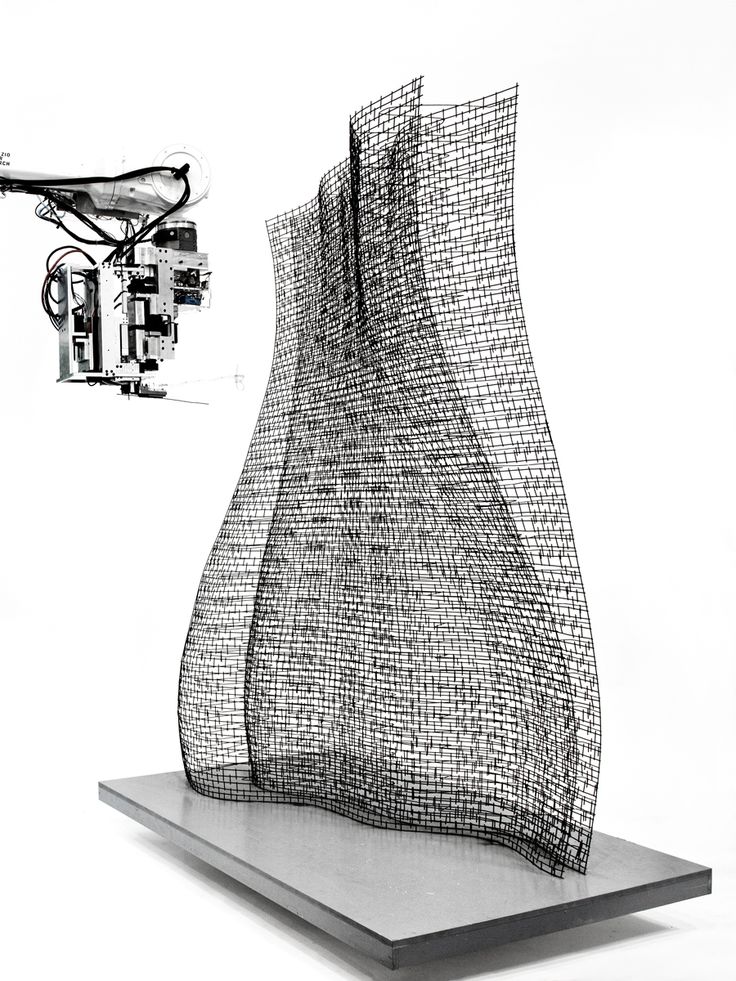 The ability of printed solutions to clearly reflect the specific characteristics of patients was a step forward.
The ability of printed solutions to clearly reflect the specific characteristics of patients was a step forward.
According to Dr. Pashne-Tal: “[Creating blood vessels using 3D printing] makes it possible to expand the possibilities of surgical care and even create designs of blood vessels for a specific patient. Without the existence of high-precision affordable 3D printing, the creation of such forms would not be possible.”
We are witnessing significant advances in the development of biological materials that can be used in 3D printers. Scientists are developing new hydrogel materials that have the same consistency as organ tissues present in the human brain and lungs, which can be used in a range of 3D printing processes. Scientists hope that they will be able to implant them into the body as a "scaffold" for cell growth.
Although bioprinting of fully functional internal organs such as the heart, kidneys and liver still looks futuristic, hybrid 3D printing at very high speed opens up more and more new horizons.
It is expected that sooner or later the creation of biological matter on laboratory printers will lead to the generation of new, fully functional 3D printed organs. In April 2019, scientists at Tel Aviv University 3D-printed the first heart using biological tissue from a patient. A tiny copy was created using the patient's own biological tissues, which made it possible to fully match the immunological, cellular, biochemical and anatomical profile of the patient.
“At this stage, the heart we printed is small, about the size of a rabbit heart, but normal-sized human hearts require the same technology,” says Prof. Tal Dvir.
The first 3D bioprinted heart created at Tel Aviv University.
Precise and affordable 3D printing processes, such as desktop stereolithography, are democratizing access to technology, enabling healthcare professionals to develop new clinical solutions and quickly produce medical devices with individual characteristics, and doctors around the world to offer new types of therapy.